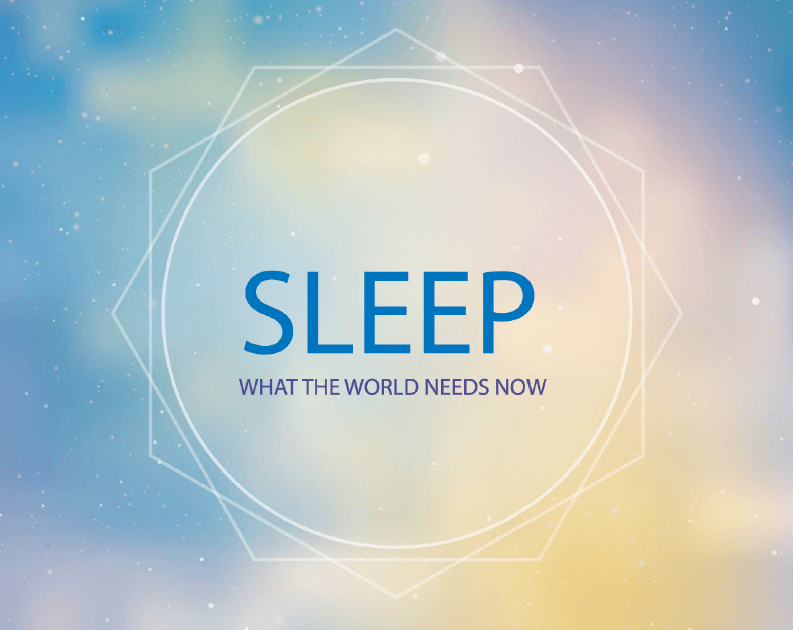Ask someone to describe narcolepsy to you and the first thing they’ll probably do is pretend to nod off in front of you. This notion of what narcolepsy is has been engrained for decades in our imagination, thanks to Hollywood.
We’ve all seen the TV shows where the so-called “narcoleptic” patient is sitting there talking to someone and they spontaneously just fall asleep and wake up some time later. It may be funny for comic relief, but unfortunately, it has left a lot of lay-people with a serious misconception of what this sleep disorder is all about.
The reality is that narcolepsy is no joke, it is a chronic neurological disorder that affects the portion of the brain that regulates sleep.
The two most common symptoms associated with narcolepsy include: excessive daytime sleepiness and a loss of muscle control known as cataplexy.
The most common trigger for cataplexy is a strong emotion such as laughing or fright. It should also be pointed out that loss of muscle control doesn’t automatically mean people just fall to the floor after hearing a funny joke or if a zombie jumps out from behind a door. For most people, it is more subtle; the dropping of one or both arms or feeling “weak in the knees” as the expression goes. You have to wonder that whoever coined the phrase, may have been a narcoleptic.
Other symptoms of narcolepsy include:
- Hallucinations – either auditory or visual
- Sleep Paralysis – waking up, but the patient is unable to move
- Micro-Sleep – patients can continue to work and carry on conversations while asleep, and nighttime wakefulness.
The cause for all of these symptoms is abnormal REM sleep and the etiology is mostly genetic, but there are infectious, usually viral, causes that may create an autoimmune response which may or may not be linked to the genetic makeup of the individual.
Rapid entry into REM sleep can also be considered a symptom, but it is also the definitive finding of narcolepsy.
It is my belief that narcolepsy is under-diagnosed and one reason for the underdiagnosis is the misconception of how narcolepsy presents itself. Recently I’ve seen commercials describing narcolepsy in an accurate manner. Hopefully, possible patients will recognize these findings in themselves and get the help needed.
Narcolepsy cannot be cured, but it can be managed. Medications usually used to manage narcolepsy are stimulants such as Modafinil or Provigil. Another medication that works alone, or as an adjunct with a stimulant, is sodium oxybutarate or Xyrem, which helps the patient achieve a more normal sleep pattern. Recently, I had one patient who cannot tolerate stimulants because they made her feel jumpy and hyper. She is currently taking Xyrem alone for her narcolepsy and is doing great.
It is time to stop portraying narcolepsy as a joke and treat it as the neurological/sleep disorder that it is, so those with it, will get the help they need.







